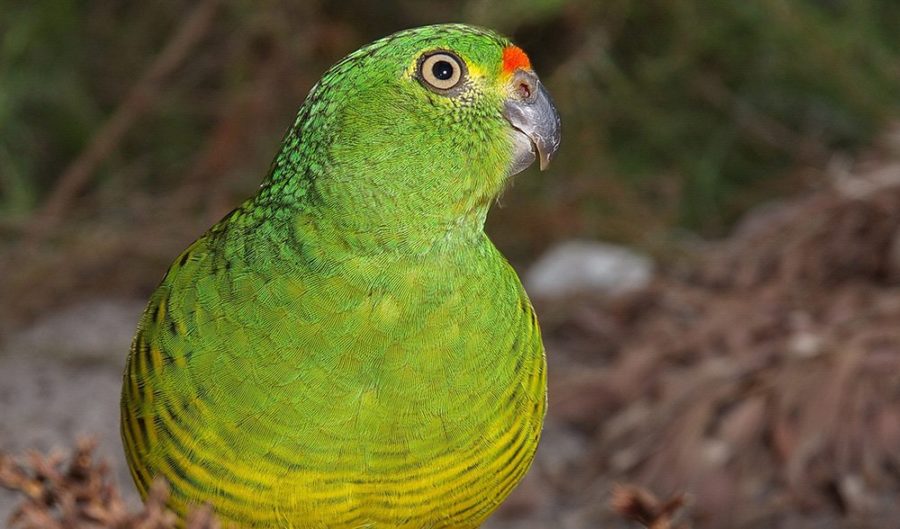Seventeen Aussie birds and mammals to disappear in the next 20 years

AUSTRALIA HAS SOME of the most unique flora and fauna on Earth. But according to research conducted by Aussie scientists, 17 of our native birds and mammals are set to become extinct over the next 20 years.
Researchers at Australia’s Threatened Species Recovery Hub have just finished compiling a comprehensive list of our most at-risk birds and mammals. They concluded that without an immediate, targeted response, many of our unique species are facing imminent extinction.
Co-ordinated by Charles Darwin University researcher Hayley Geyle, the study combined two existing measures of extinction risk with the professional assessments of around 30 independent experts.
See more: Australia’s endangered species list
The results show that birds and mammals with low levels of conservation care face the greatest risk of extinction. The study also provides an estimate of the species’ likelihood of extinction within the next 20 years if there is no increase in management effort or effectiveness.
This study is the first time Australia’s endangered species have been given a precise, quantitative risk of extinction, with most previous research simply categorising species as ‘critically endangered’, ‘endangered’ or ‘vulnerable’.
The top five birds on the lists are:
- King Island brown thornbill (Acanthiza pusilla archibaldi)
- Orange-bellied parrot (Neophema chrysogaster)
- King Island scrubtit (Acanthornis magna greeniana)
- Western ground parrot (Pezoporus wallicus flaviventris)
- Houtman Abrolhos painted button-quail (Turnix varius scintillans)
“The most at risk Australian bird is the tiny King Island brown thornbill, which – under its current low level of conservation care – has little more than a 5% chance of surviving the next 20 years,” said Ms Geyle.
The others topping this list don’t appear to be faring much better, with less than 50 orange-bellied parrots and King Island scrubtits found in isolated areas in the wild.
While not facing as great a risk as the birds, our native mammals also have high changes of extinction in the next 20 years.
“The mammals at risk are spread widely, but many occur in northern Australia, an area currently witnessing a rapid and severe decline in mammals generally,” said Miss Geyle.
The top five mammals on the list are:
- Central rock-rat (Zyzomys pedunculatu)
- Northern hopping-mouse (Notomys aquilo)
- Carpentarian rock-rat (Zyzomys palatalis)
- Christmas Island flying-fox (Pteropus natalis)
- Black-footed tree-rat (Kimberley and mainland NT) (Mesembriomys gouldii gouldii)
“The central rock-rat is the most at risk mammal with an estimated 65% likelihood of becoming extinct in the next 20 years. For the northern hopping-mouse the risk is about fifty-fifty,” the report said.
If lost, the central-rock rat joins the likes of the Bramble Cay Melomys (Melomys rubicola), which in 2016 became the first mammalian extinction anywhere in the world to be caused by climate change.
If the numbers in this study prove to be correct, the loss of species would hugely accelerate Australia’s already world-leading extinction rate.
See more: 10 Australian keystone endangered species
Since British colonisation, Australia has seen the complete disappearance of at least 30 mammals and 29 birds – holding the title for highest mammalian extinction rate in the world.
Deputy Director of the Threatened Species Recovery Hub John Woinarski said that identifying and targeting the threats these species face was the first step in preventing their extinction.
“Identifying the species at greatest risk of extinction is a crucial first step in avoiding their extinctions,” said Woinarski.
“The fate of these species depends upon support from governments and communities, and public interest, awareness and involvement.”
You can read the full report here.
READ MORE:

